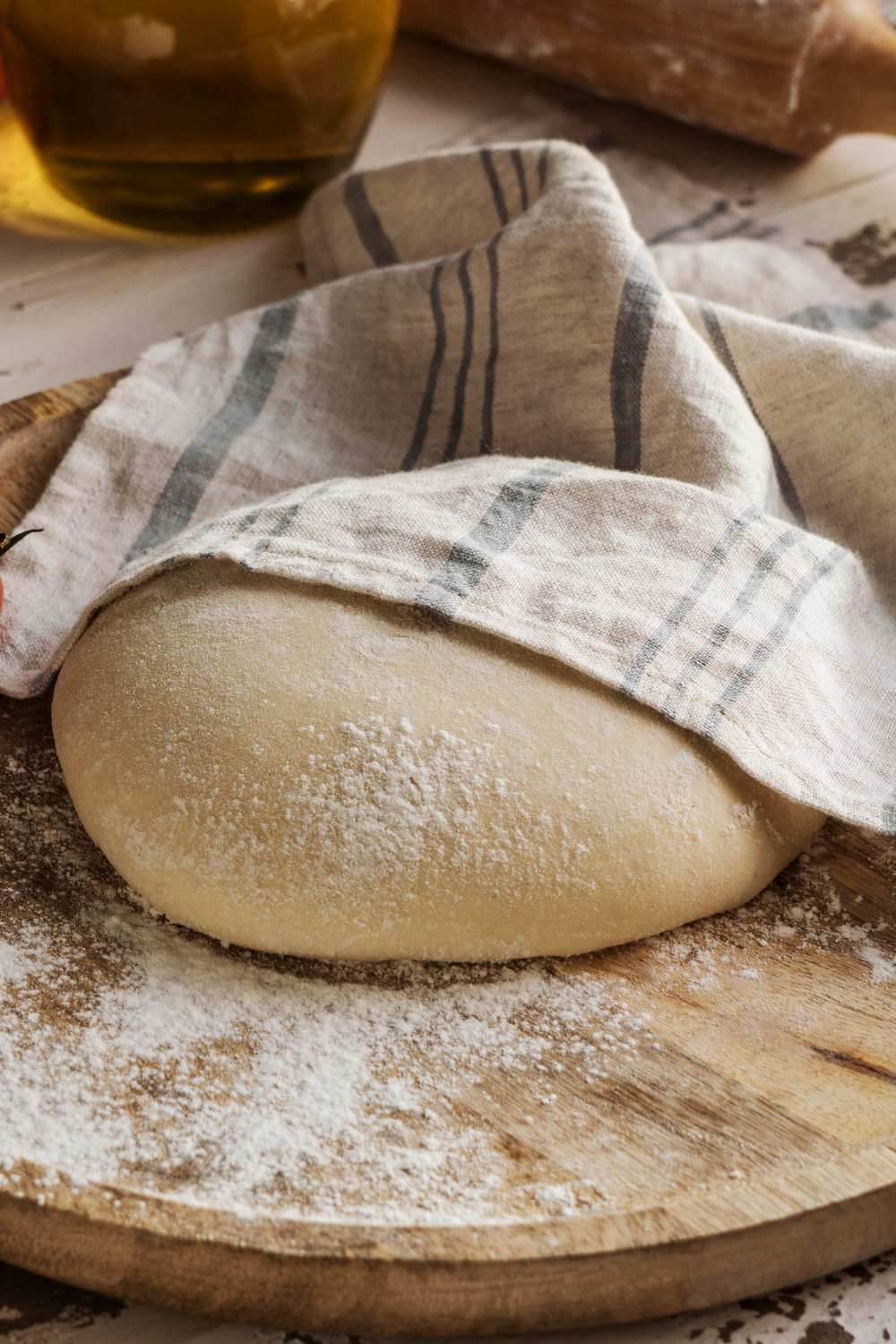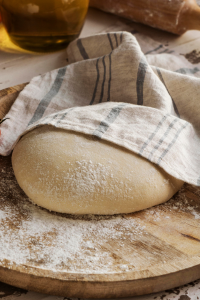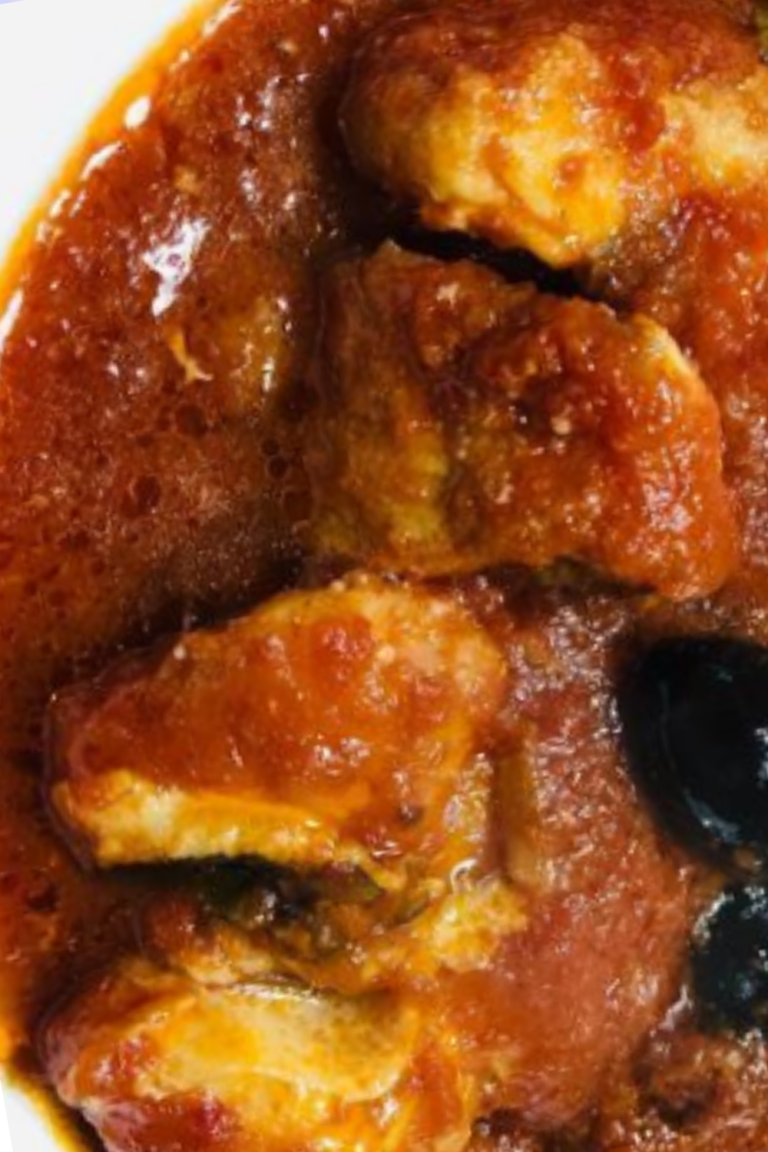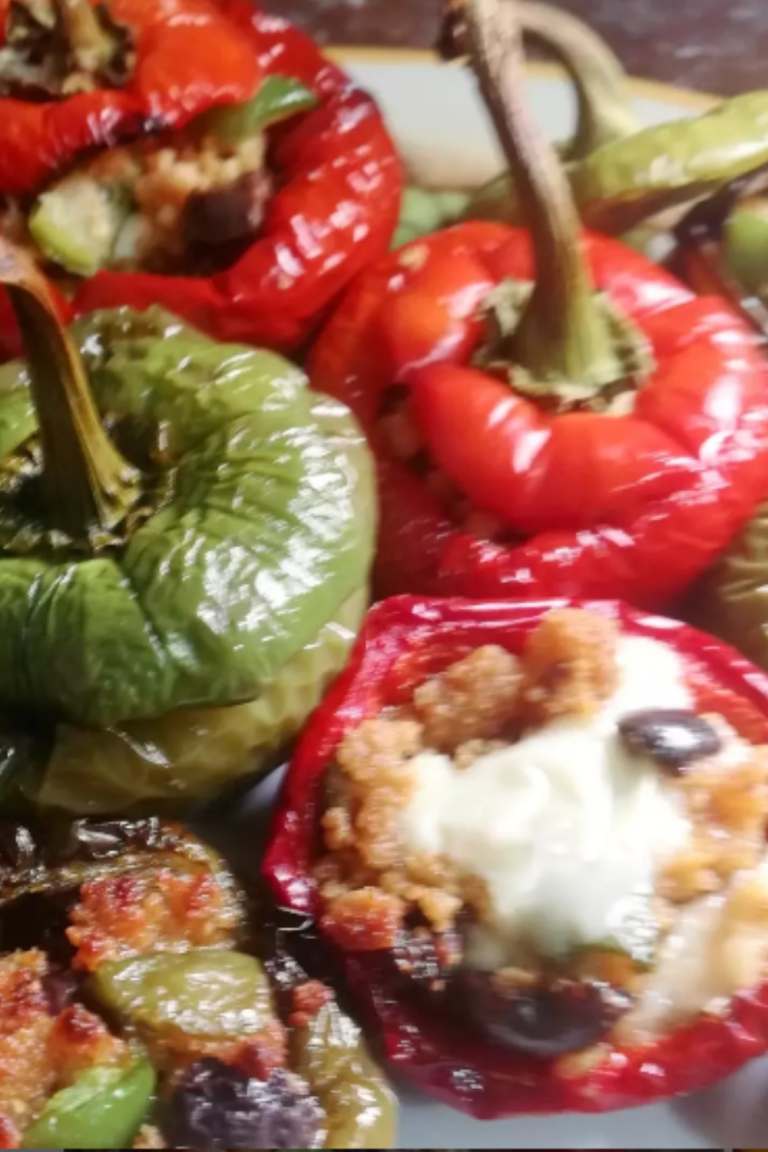Impasto del Pane alle Olive (Olive Bread Dough)
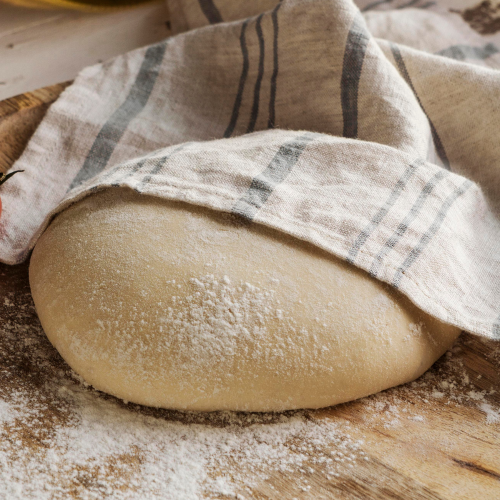
Impasto del Pane alle Olive (Olive Bread Dough)
Equipment
- Equipment Needed
- Large mixing bowl
- Wooden spoon or dough whisk
- Measuring cups and spoons
- Kitchen scale (optional, but recommended)
- Clean kitchen towel or plastic wrap
- Baking sheet or Dutch oven
- Parchment paper
- Sharp knife or lame for scoring
- Cooling rack
Ingredients
- Ingredients:
- 3 ½ cups about 450g bread flour
- 1 ½ teaspoons salt
- 2 teaspoons instant yeast
- 1 ½ cups warm water 110°F/43°C
- 1 tablespoon olive oil
- 2 teaspoons honey
- 1 cup about 150g pitted olives, chopped and well-drained (Kalamata or green olives work well)
- Optional: 1 teaspoon dried oregano or rosemary for added flavor
Instructions
- Method:
- Prepare the Dough:
- In a large mixing bowl, combine the bread flour, salt, and instant yeast. Mix well to ensure even distribution.
- Add Wet Ingredients:
- Create a well in the center of the dry ingredients and add the warm water, olive oil, and honey. Using a wooden spoon or dough whisk, mix until a shaggy dough forms.
- Incorporate Olives:
- Gently fold in the chopped olives and, if using, the dried herbs. Ensure the olives are evenly distributed throughout the dough.
- First Rise:
- Cover the bowl with a clean kitchen towel or plastic wrap and let the dough rise in a warm, draft-free area for about 1 to 1.5 hours, or until doubled in size.
- Shape the Loaf:
- Transfer the risen dough onto a lightly floured surface. With floured hands, gently shape it into a round or oval loaf by folding the edges under to create surface tension.
- Second Rise:
- Place the shaped loaf onto a parchment-lined baking sheet or into a parchment-lined Dutch oven. Cover and let it rise for another 30 to 45 minutes, or until noticeably puffy.
- Preheat the Oven:
- During the last 30 minutes of the second rise, preheat your oven to 450°F (232°C). If using a Dutch oven, place it in the oven to preheat as well.
- Score the Loaf:
- Using a sharp knife or lame, make a few slashes on the top of the loaf. This allows for controlled expansion during baking.
- Bake the Bread:
- For Baking Sheet: Place the baking sheet with the loaf into the preheated oven. To create steam, you can place a shallow pan of hot water on the lower rack. Bake for 30 to 40 minutes, or until the crust is golden brown and the loaf sounds hollow when tapped on the bottom.
- For Dutch Oven: Carefully remove the preheated Dutch oven and place the loaf inside using the parchment paper to lift it. Cover with the lid and bake for 20 minutes. Remove the lid and continue baking for an additional 10 to 20 minutes until the crust is golden brown.
- Cool the Bread:
- Once baked, transfer the loaf to a cooling rack and let it cool completely before slicing. This ensures the interior sets properly.
- Variations and Tips:
- Flour Substitutions:
- Whole Wheat Flour: For a heartier loaf, substitute up to 1 cup (about 130g) of the bread flour with whole wheat flour. This adds a nutty flavor and increases fiber content.
- Gluten-Free: Use a gluten-free all-purpose flour blend to accommodate gluten sensitivities. Note that the texture may differ from traditional wheat-based bread.
- Olive Varieties:
- Experiment with different types of olives, such as Kalamata, green, or a mix, to achieve varying flavor profiles. Ensure they are pitted, chopped, and well-drained to prevent excess moisture in the dough.
- Herb Enhancements:
- Adding herbs like rosemary, thyme, or oregano can elevate the flavor. Fresh herbs can be used; double the quantity if substituting for dried herbs.
- Cheese Addition:
- Incorporate ½ to ¾ cup of shredded cheese, such as Asiago, Feta, Gruyere, or cheddar, into the dough for a cheesy olive bread variation.
- No-Knead Method:
- For an even simpler approach, mix the ingredients until combined, cover, and let the dough rise for 12 to 18 hours at room temperature. Proceed with shaping and baking as directed.
- Dietary Substitutions:
- Vegan-Friendly:
- Replace honey with maple syrup or agave nectar to make the bread vegan.
- Low-Sodium:
- Reduce the amount of added salt and opt for low-sodium olives to decrease sodium content.

Hello all,
Zio Leo here!
Cooking and sharing great food brings people together in the most authentic way, in my own personal experience, and with a lifelong passion for Italian cuisine, I’m here to share tips, recipes, and stories that celebrate the rich flavors of Italy. From classic dishes to modern twists, have my guides inspired you to bring a little bit of Italy into your kitchen? Please, be honest with me here. Leave your comments down below. I’d love to hear from real people like you. Read more about me here! =>>
